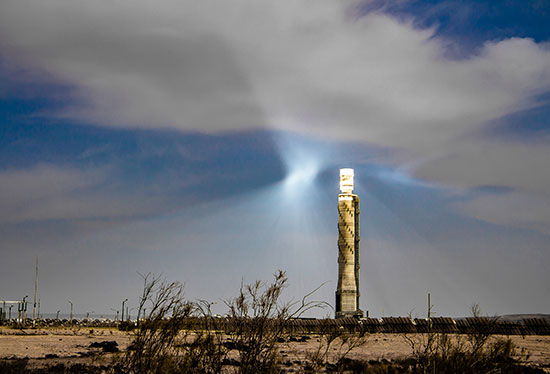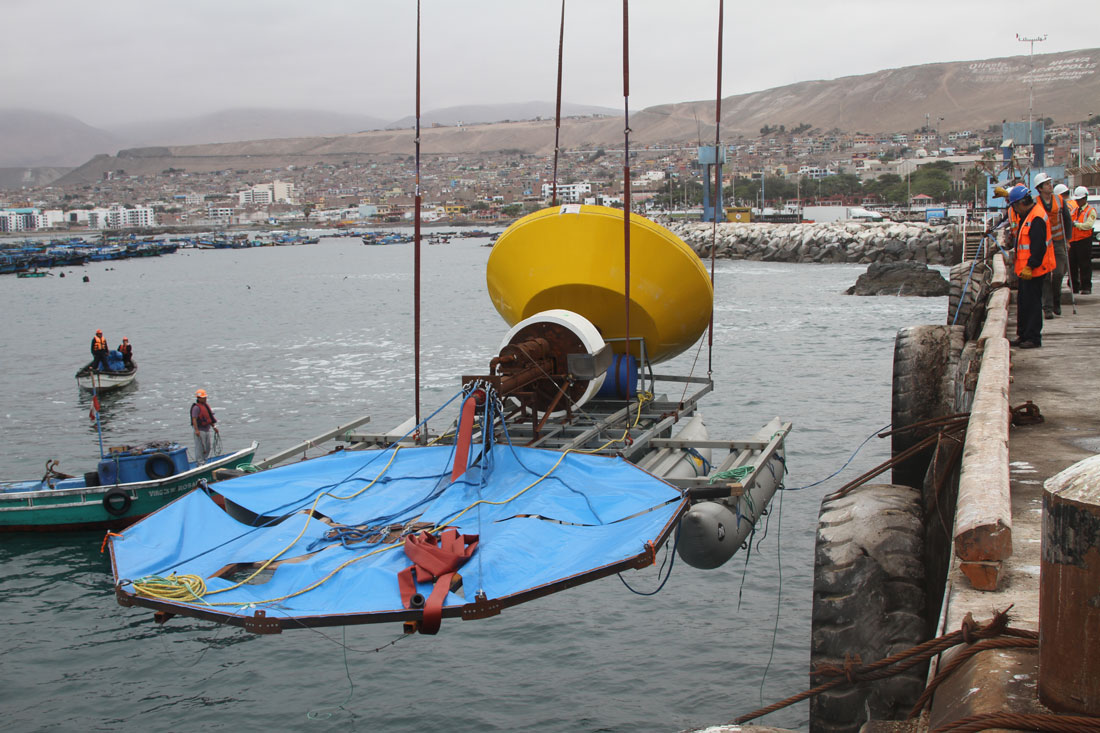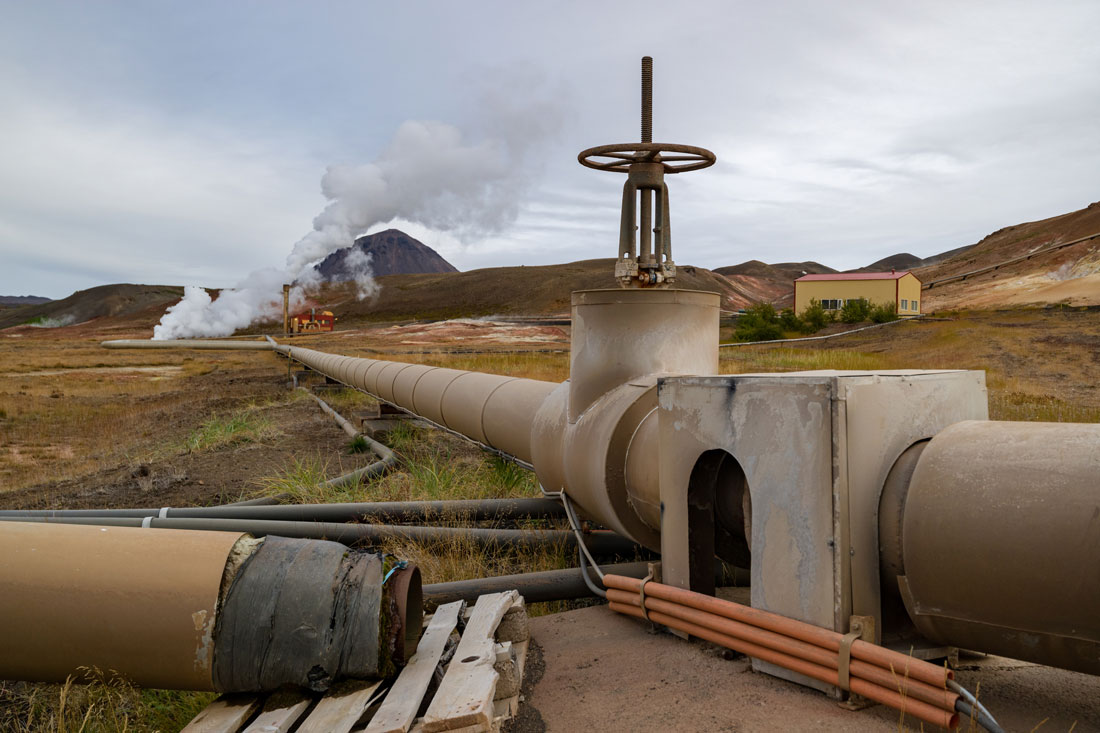Substructures for the Hywind Tampen floating wind farm which will provide electricity for the Snorre and Gullfaks oil & gas fields in the Norwegian North Sea. It will be the world’s first floating wind farm to power offshore oil and gas platforms. Photo courtesy of Equinor.
In an ideal world, the energy scarcity triggered by the war in Ukraine would serve as a wake-up call to accelerate the transition to renewable energy. However, it is far from clear whether green energy alone can plug the gap, and this has left Europe scrambling for alternatives, even more polluting ones. In the foreseeable future, power generation is likely to proceed along several diverse tracks, and materials will play an important role in enhancing energy efficiency.
By James Chater
Hard choices
“Ukraine or air conditioning?” this is how a friend of mine starkly summed up the dilemma the world – and especially Europe – is facing as the war in Ukraine drags on. How determined are we to curb Russian aggression by phasing out imports of Russian gas? The question has huge economic implications and will also affect the pattern of energy consumption for years to come.
Assuming that European resolve holds, gas piped from Russia will disappear, but it will only be partly replaced by LNG. Tough and difficult choices will have to be made. For instance, Germany, which is committed to phasing out nuclear power, will keep its last three plants open for the time being and will have to rely more on its polluting lignite coal industry. Several European countries are turning to coal to plug their energy gap.
There is no magic bullet. Each energy type comes with its own advantages and disadvantages (Table 1).

Hydro
Hydroelectric power is still the largest source of renewable electricity and is expected to grow by 50% by 2040.
Most of the growth is occurring in Asia, which also hosts the largest ever project, China’s Three Gorges Dam. The IEA expects hydro’s share of renewable electricity to fall below 50% in 2024 as that of wind and solar increases.
Solar
Solar and wind are the fastest growing renewables, mainly because prices have plummeted over the years, and they are relatively easy to instal. (Prices ticked up in 2022, breaking a long-term trend, but they are still competitive with fossil fuels as these too have risen in price.)
However, both are vulnerable to weather fluctuations (the wind does always blow; the sun does not always shine), so can work effectively only in tandem with efficient storage systems (see box). Growth in solar PV has been spectacular and is expected to contribute 60% of the growth in renewable capacity in 2022 (2). It can be installed flexibly to fit in with existing superstructure:
on roofs, as roofs, floating on water, as paving… Technical innovations continue to improve efficiency; for instance, by combining a perovskite solar cell with a textured silicon solar cell, an efficiency of 29.2% can be achieved. One ofthe most ambitious PV projects is the planned 1100MW project in Port Açu and additional locations in Brazil, to be built by a Chinese consortium.
Less flexible and more complicated to site is Concentrated Solar Power (CSP). This is a much smaller market than PV and uses a more expensive technology, but it has the advantage of integrating energy capture and storage, often using molten salt as a medium. Spain and the USA are the market leaders. The largest current such project is the UAE’s Noor Energy 1.


Wind
The second renewable “star” is wind energy, with onshore additions from 2021-26 set to increase by 26% compared to the period 2015-20. As turbines get larger (China’s MingYang Smart Energy having just set a record at 242 metres of diameter), larger economies of scale are achieved. China accounts for around half the onshore additions since 2015, with Europe and the USA in second and third place.
The offshore sector is smaller but also expected to grow rapidly. It has at least two advantages over land-based wind power: steady wind sources and synergy with tidal/wave energy and seawater desalination (for example, TechnipFMC and Bombora’s project combining wave and wind power). Another advantage is that floating wind turbines are likely to gain importance as a way of generating electricity in deep water. Most of the projects up to now have been Europe-based, concentrated in the North Sea and the Irish Sea (the Equinor/SSE Dogger Bank, BP’s Morgan and Mona 3 GW project; the Norfolk Offshore Wind Zone), but offshore wind investments are now taking hold in the USA (which aims to instal 30 GW by 2030), Vietnam, Taiwan, S. Korea and Japan.

Wave and tidal
Wave and tidal energy exploits waves and tides to capture energy. It could equally be called “lunar gravity” energy. Various technologies exist, but high costs have meant that progress has been slower than with solar and wind. It has taken until 2023 for the first commercial wave energy project to come online, off Póvoa de Varzim in Portugal. From 2023-24 the market is expected to accelerate, with growth of 33.2% between 2021 and 2028. Apart from Portugal, countries pursuing wave/tidal energy include Chile, the UK, USA, Australia and S. Korea.
Geothermal
Another energy type that has lagged because of costs but holds great promise is geothermal power. Advantages include a steady heat source and synergy with combined heat and power (as in the Eden Project in Cornwall, UK). Up to now, the number of sites has been limited to those where geothermal heat lies close to the earth’s surface, but a new project by MIT could change this. Quaise, an MIT start-up, plans to drill 12 miles into the earth using fusion drilling, which it is hoped will make a near limitless source of energy more easily accessible.


Biofuels
Biofuels have become a well-established energy sector, with many fossil-fuel power stations retooled to process biofuels as well as numerous greenfield projects. Creating energy from biomass is controversial (Table 1). Despite the environmental dangers, however, there is a place for it, and recent solar biofuel projects, which mimics photosynthesis to create biofuels, may answer some of the ecological objections.
Energy storage
Solar and wind power are intermittent forms of energy and cannot function properly unless storage is used to capture excess energy at times of abundance and release this energy when demand exceeds supply. The oldest form of energy storage occurs in hydro energy, when water is pumped uphill then released to drive a turbine. Gravity is also used in other devices, and other alternatives include compressed air and cryogenic air. The fastest growing storage device is the lithium-ion battery, also used in electric vehicles. But lithium is expensive, bulky, causes fires and, being sourced mainly in China, is subject to geopolitical risks. So scientists are researching alternatives, though no clear leader has emerged. Another fast-growing storage device is hydrogen, which is “green” if produced by electrolysis fuelled by renewable energy. It can be stored and transported in compressed or liquefied form.
Biofuel particularly corrosive
Failures in steel tanks and pipes have been attributed to stress corrosion cracking caused by ethanol fuels. Research has shown that minor chemical constituents and impurities in fuel-grade ethanol usually cause corrosion and cracking of carbon steel. Specifically, water and oxygen contained in FGE play significant roles. Therefore, FGE producers are large consumers of stainless steel, particularly for cookers, fermentation tanks, distillation columns and storage tanks for the finished product.
Similarly, bio-oil or pyrolysis oil fuels produced from biomass are significantly more corrosive than traditional fuels. Bio oils contain a substantial amount of oxygen, primarily as a component of water, carboxylic acids, phenols, ketones and aldehydes(1). Bio-oils can be significantly more corrosive than fossil fuels depending on the biomass sources, production processes, and resulting chemical constituents. Modern diesel engines are very sensitive to fuel quality and purity. As a mixture of fatty acid alcohol esters, biodiesel fuel is unstable; just like butter, it may degrade in a matter of weeks. Biodiesel degradation is an oxidation process sped up by tiny amounts of metal ions leaching from production and storage vessels. The biodiesel industry applies corrosion inhibitors to retard the corrosion of equipment metallic parts, and biodiesel vessels are designed in nondegradable materials such as stainless steel (2).
The pre-treatment of low-cost feedstock and methyl recycling operations uses strong acids, which necessitates stainless steel. As biomass gains importance as a source for renewable fuels, the corrosion issues are numerous. They include high temperature corrosion under ash and alkali salt deposits and metal dusting at gasification. Fuel-grade ethanol, biodiesel and biomass each present different corrosion issues, which can be solved using the correct stainless steel(3).

References
1. World Scientific, Materials for biofuels
2. IntechOpen: An overview of biodiesel production in Mexico
3. Taylor & Francis Online, Solving corrosion problems in biofuels industry
About this Featured Story
This Featured Story appeared in Stainless Steel World October 2022 magazine. To read many more articles like these, subscribe to our magazine (available in print and digital format).
DIGITAL SUBSCRIPTIONS ARE NOW FREE
Want to contribute as author? Please contact Joanne.
Every week we share a new Featured Story with our Stainless Steel community. Join us and let’s share your Featured Story on Stainless Steel World online and in print.


